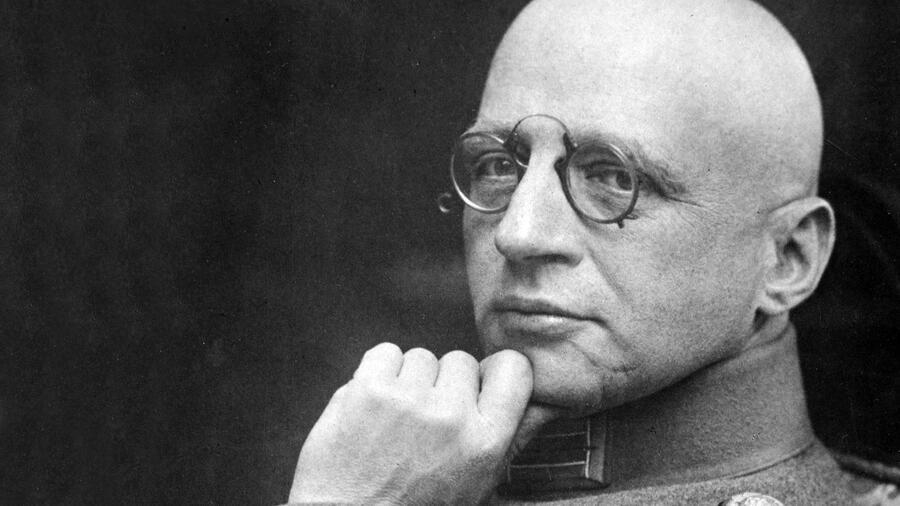Fritz Haber, a German Scientist during the time of World War I, formulated a simple mathematical relationship between concentration of a poisonous gas and time of exposure to this gas. This relationship is known as Haber’s rule which implies that exposure to a low concentration of a poisonous gas for a long time often had the same effect (death) as exposure to a high concentration for a short time.
Fritz Haber was in charge of the notorious German chemical weapons program during the war. He invented many of the poison gases which were used, and was later criticized for his work. Apart from his evil ventures, he is also credited to the discovery of commercially-feasible method of manufacturing ammonia (Bosch-Haber process).
Click here to know more about Haitz Law!
His other significant contributions include the “Haber’s Rule” which is explained in detail here.
Haber’s rule is a mathematical statement of the relationship between the concentration of a poisonous gas and how long the gas must be breathed to produce death, or other toxic effect. Haber’s rule states that, for a given poisonous gas, C×t=k, where C is the concentration of the gas (mass per unit volume), t is the amount of time necessary to breathe the gas, in order to produce a given toxic effect, and k is a constant, depending on both the gas and the effect. Thus, the rule states that doubling the concentration will halve the time, for example.
This rule is an approximation and is not applicable everywhere (as acknowledged by Haber himself). However, it is very convenient,because its relationship between C and t appears as a straight line in a log-log plot. Despite the fact that Haber’s rule can underestimate or overestimate effects (and consequently risks), it has been used in various settings by regulatory bodies. In 1940, statistician C. I. Bliss published a study (Bliss, 1940) of toxicity in insecticides in which he proposed more complex models, for example, expressing the relationship between C and t as two straight line segments in a log-log plot. However, because of its simplicity, Haber’s rule continued to be widely used. However, many scientists today feel that the time has come to move beyond the limited view of C and t relationships inferred by Haber’s rule to the use of the broader family of curves of which this rule is a special case.




